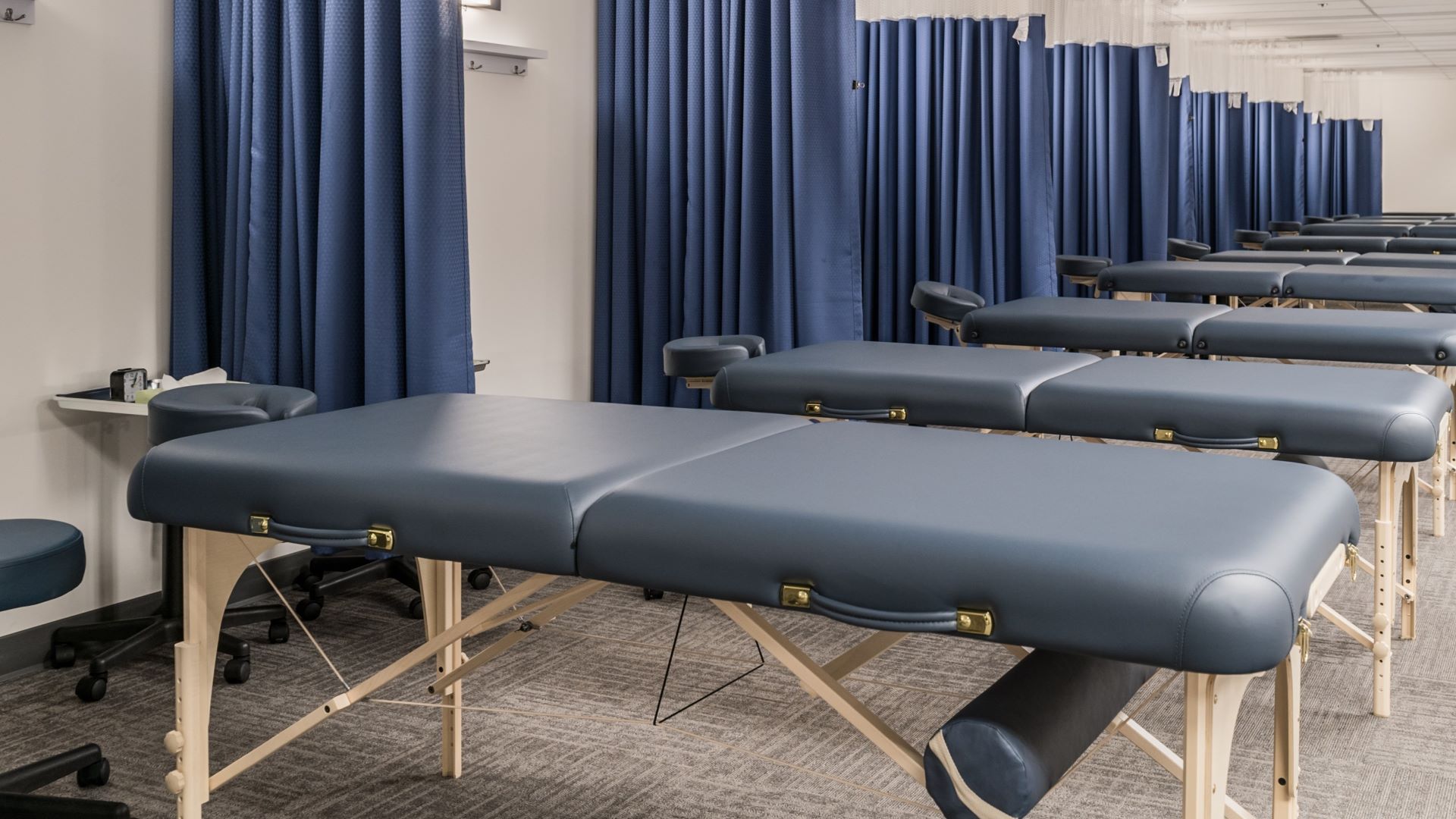In the past, we have written on the advantages and drawbacks of oil versus lotion for therapeutic massage. Today we’re looking at the new kid on the massage lubricants block: Massage Gel. What is it? Why consider using it? Read on to learn the answers to these questions and more.
What is Massage Gel?
Massage gel is the new massage medium on the block. Like all lubricants, its purpose is to support a therapist’s healing touch by allowing for fluid, purposeful movements. Gels moisturize skin while offering excellent slide (initial slipperiness upon application) and glide (continued viscosity before a product must be reapplied). As such, some therapists find that gel is especially well-suited to lighter massage techniques, such as massage for lymphatic drainage. Flowing massage techniques pair well with gel as well.
With a texture some describe as “satiny,” massage gels look like transparent jelly. Skirting a fine line between liquid and solid states, gels are generally water-based, and often include waxes, oils, and vitamin E, as well as agents to promote viscosity and skin conditioning. For instance, Biotone’s “Healthy Benefits Massage Oil” contains oils (canola, coconut, pomegranate, rice bran, and soy), natural extracts (pomegranate, green tea, white grape, grapeseed), and several other stabilizer and conditioning agents.
Some therapists prefer gel because it absorbs completely; clients who do not like the feel of oil may enjoy gel. Let’s look at a few more advantages of massage gel.
Benefits of Massage Gel
* Starts cool, then creates Soothing Heat. Clients who tend to “run hot” may find gel pleasant because it begins cool and warms up over time.
* Generally, Stain-Free, meaning less laundry work for you! Considering the number of memes about the mountains of laundry required of massage therapists (e.g., “I majored in massage… and minored in laundry!”), a product that can cut down on your laundry time is worthwhile. Massage gel will not stain your sheets like oil and some lotions. Read: Less time spraying, scrubbing, and re-washing.
* Minimal Residue. Some clients dislike oils and lotions, due to the residues these products can leave. For instance, if a client is headed back to work after a lunch-hour massage, he or she may not be able to take a shower and may therefore feel irritated by the lingering emollient. Gels are ideal for such clients because they generally leave little to no residue.
* Greater Coverage. Gels tend to go farther than oils and lotions, meaning you use less product overall. That’s a win for your massage business—categorize it as lower emollient overhead.
Some therapists find that clients with very dry skin or more body hair benefit from gel because it lasts well during massage. Other therapists say that their main application for gel is to promote healing after deep work in a localized area.
Massage Gel Recommendations
- Try a lot of different emollients before making big purchases. Sample different oils, lotions, creams, and gels. Experiment on yourself first to see how you like the feel of different products.
- Review ingredients carefully, to avoid products with low-quality ingredients, additives, and potential allergens, such as nuts. (This is a good time to remind you that it’s smart to include a section on allergens in your client intake form.)
- Check with each client to see which emollient they prefer; more experienced clients likely already have an inclination toward one type. Also, be sure to ask about scent prior to any massage session. If you would like to use a scented product, get the green light by introducing it to the client before they get on the table. Better to check ahead of time than lose out on a second booking because a client hated the scent you selected.
Finally, if clients have sensitive skin, prone to breakouts, they likely know whether lotion, oil, or gel will be best. A relevant note: some brands of emollients (such as Biotone) offer hypoallergenic products.
- Match the Product to the Technique. As you become more experienced, you may find that certain products work well early in a massage, during lighter, warm-up strokes. Later, during deeper work, a different choice may function better. And a final product may soothe and relaxed worked muscles. Like all aspects of your massage practice, your choice of lubricants will become linked to your massage style.
The East West College campus store is an excellent source for Portland massage materials, including gel. Our school of massage, located in the downtown Portland educational district, includes an on-campus store where therapists can get a feel (literally) for different massage products.



